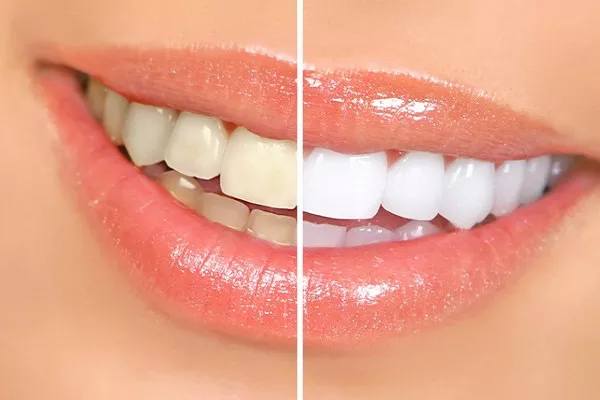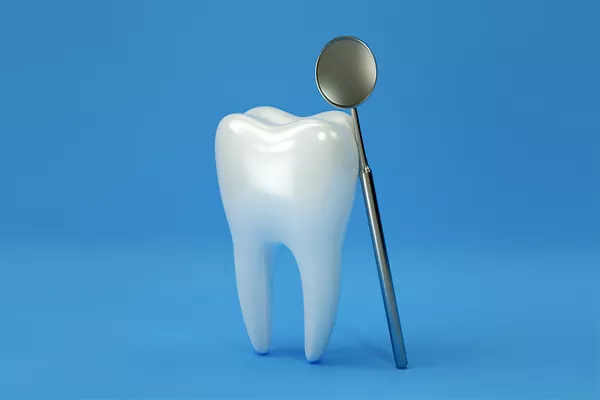A bright, radiant smile is often associated with confidence and vitality, making teeth whitening a popular cosmetic dental procedure. Among the myriad options available, whitening strips have gained widespread popularity due to their convenience and ease of use. However, a common question that echoes in the minds of those seeking a brighter smile is: How long do the effects of whitening strips last? In this comprehensive exploration, we will delve into the nuances of teeth whitening with strips, examining the factors influencing durability and offering insights into maximizing the longevity of that coveted radiant smile.
Understanding the Mechanism of Whitening Strips:
Before delving into the duration of the effects, it’s imperative to understand how whitening strips work. Whitening strips typically consist of a thin, flexible plastic material coated with a layer of hydrogen peroxide or carbamide peroxide, which are active bleaching agents. When applied to the teeth, these strips adhere to the enamel, allowing the peroxide to penetrate and break down stains, ultimately leading to a whiter appearance.
Factors Influencing the Duration of Whitening:
Several factors come into play when determining how long the effects of whitening strips will last. A nuanced understanding of these factors is essential to set realistic expectations and make informed decisions about teeth whitening.
1. Initial Tooth Color and Stain Severity:
The natural color of an individual’s teeth and the severity of stains play a pivotal role in determining the duration of whitening effects. Individuals with lighter initial tooth color and mild stains may experience more prolonged results compared to those with darker teeth and deeper stains.
2. Adherence to Usage Instructions:
Compliance with the recommended usage instructions is crucial for achieving and sustaining optimal whitening results. Overusing or underusing whitening strips can impact the effectiveness and longevity of the whitening effects.
3. Lifestyle Factors:
Daily habits and lifestyle choices significantly influence the longevity of whitening results. Factors such as smoking, consumption of stain-inducing beverages (like coffee, tea, or red wine), and inadequate oral hygiene practices can accelerate the reappearance of stains, reducing the overall duration of whitening effects.
4. Maintenance and Oral Hygiene:
Maintaining good oral hygiene practices is fundamental to preserving whitening results. Regular brushing, flossing, and professional dental cleanings help prevent the buildup of surface stains and contribute to the prolonged retention of a brighter smile.
5. Individual Responses to Whitening Agents:
Individual responses to whitening agents vary. Some people may experience longer-lasting results due to their teeth’s responsiveness to the bleaching process, while others may notice a quicker return to their baseline tooth color.
6. Whitening Strip Formulation:
The composition and formulation of the whitening strips also impact the duration of effects. Higher concentrations of peroxide in the strips may lead to more significant and longer-lasting whitening results but may also increase the risk of tooth sensitivity.
How Long Do the Effects Typically Last?
The duration of whitening strip effects is contingent on various factors, making it challenging to provide a one-size-fits-all answer. However, in general, the effects of whitening strips can last anywhere from a few months to around a year. Many individuals notice an initial improvement after a week or two of regular use, with the peak whitening effects typically occurring within the recommended treatment duration.
Strategies to Prolong Whitening Strip Effects:
While the longevity of whitening strip effects is influenced by various factors, there are strategic steps individuals can take to maximize the duration of their brighter smile:
1. Follow Usage Instructions:
Adhere strictly to the recommended usage instructions provided with the whitening strips.
Avoid overusing the strips, as excessive application may lead to increased tooth sensitivity without significantly enhancing whitening effects.
2. Maintain Good Oral Hygiene:
Brush teeth regularly with a fluoride toothpaste to remove surface stains.
Floss daily to prevent the buildup of plaque and stains between teeth.
3. Limit Stain-Inducing Habits:
Reduce consumption of stain-inducing beverages, including coffee, tea, red wine, and dark sodas.
If possible, quit smoking, as tobacco products contribute significantly to tooth discoloration.
4. Consider Touch-Up Treatments:
Periodically use whitening strips as touch-up treatments to maintain and enhance the results.
Consult with a dentist about professional touch-up options or in-office whitening treatments.
5. Choose Whitening Strips Wisely:
Consider the formulation and concentration of the whitening agent in the strips.
Opt for reputable brands and products with positive reviews and proven efficacy.
6. Monitor Tooth Sensitivity:
If tooth sensitivity arises during or after whitening, consider using desensitizing toothpaste or consulting with a dentist for appropriate recommendations.
7. Professional Consultation:
Schedule regular dental check-ups to assess oral health and discuss any concerns related to tooth color or sensitivity.
Consult with a dentist before starting any new whitening regimen, especially if pre-existing dental conditions are present.
Addressing Potential Side Effects:
While whitening strips are generally safe and effective, some individuals may experience side effects such as tooth sensitivity or gum irritation. It’s essential to be aware of these potential issues and take appropriate measures to address them:
1. Tooth Sensitivity:
If tooth sensitivity occurs, consider using desensitizing toothpaste or reducing the frequency of whitening strip use.
Consult with a dentist if sensitivity persists, as they may recommend alternative products or interventions.
2. Gum Irritation:
Ensure proper placement of the strips to minimize contact with the gums.
If gum irritation persists, discontinue use and consult with a dentist for guidance.
Conclusion: Balancing Radiance and Longevity
Achieving a brighter smile with whitening strips is a popular and accessible option for many individuals. While the duration of the effects is influenced by various factors, including lifestyle choices and individual responses, strategic practices can contribute to prolonging the results.
Balancing the desire for a radiant smile with mindful oral hygiene, stain-limiting habits, and informed choices regarding whitening strip usage allows individuals to enjoy the benefits of teeth whitening for an extended period. By integrating these strategies into a comprehensive oral care routine, individuals can navigate the journey toward a radiant, confident smile while maximizing the durability of the effects achieved through whitening strips.
Related Topics:
Is teeth whitening with led light safe
LED Teeth Whitening Is It Safe
Can You Use Blue Light with Whitening Strips?






























